
How to Diagnose Trailer Lights Without A Vehicle
Today, we're going to discuss how to test and examine your trailer lights without your vehicle attached. You want to do this is if your trailer lights aren't working anymore, it's a good idea to separate the vehicle from the trailer and get off the trailer to find out if it's a trailer problem or a vehicle problem.

Solving Trailer Light Issues Without a Vehicle:
What we're going to show you today is that will apply to any type of trailer whether it's a boat trailer or a utility trailer, a car towing trailer around the homestead, there always seems to be a problem with the trailer lighting so hopefully this article will help you guys. Knowing how to test them, knowing what colors of wire do what and sort of help you through the process so let's get started.

Okay, so the first thing we need to know is what color, what color wire is on the end of this plug, so this is just your standard 4-pin, flat trailer light plug, so these wires, the color is the first one is white, this wire leads to this side, which is kind of shielded, and that's your ground wire, so that wire will connect to the black wire, and when we're going to test these two wires, it's brown , you may see one or two going into your connector, depending on the type, but either way, the next pin is brown, and the brown control is your running lights, which is the only brown thing that controls your running lights, so any side marker lights, and then your rear tail lights, when they go dark, if yours has a middle like this trailer light that's dead center on the boat underneath, it will come on as well. You have your yellow and green, now your yellow and green are for your turn signals and flashers, so when there's power, it illuminates the back, usually one tail light on each side of the trailer.

The tail light on the trailer, it illuminates those lights, now that's a good way to know which side is what, if you think it's green grass, in other words, your green line controls the lights on the side of the ditch. Okay, this is going to be the style="color: #ff8000;">tail light on the right side, which I think you would say if you were you know sitting in a trailer, but there has to be an easy way to remember it, the yellow wire on the side of the road, so what we're going to use to test these things is jumper cables, they're just small pieces of wire that you can use, but you have to be a little careful, we're just going to use a regular 12 volt car battery, I'm going to connect it connected to each wire, but you have to be careful that when it's connected to the battery, if you touch the wires together, it's going to arc and spark and cause damage to the wiring and to the battery, which is not a good idea.
Not using the green wire, don't get it confused, the green one is just extra, so we don't even need that one, but the first thing we're going to do is we're going to check our running lights, so you're going to take your black wire, your black jumper wire, your ground wire, it's going to go into this, and I try to push this cover to the shield side, try to push this little rubber sleeve over it, try to keep it from arcing, Depending on what style you have, it might be a little bit easier, a little bit harder to do, but again just err on the side of caution and don't let it arc, so the next thing I like to do is I hook my wires to the battery, so the black one will go to the negative side of the battery, the battery and the red wire will connect to the positive side of our battery, my battery sits right outside the camera, but it's just a regular car battery, nothing special, you can use a lawn mower battery, any 12 volt battery will work, so I want to check the running lights from here on out.
So what you want to do is you want to connect the red battery to this first post, in other words, that's where that brown wire goes in, so we'll go ahead and do that, just like that, shield again, and if you can do that, that's great. You're able to do that, that's a good idea. Now you can ...... The nice thing about having a little alligator clip is you can get a big chunk of wire and get yourself anything with some alligator clips, it doesn't have to be a nice spool of wire but now what we're going to do is we're going to go around and we're going to check all the running lights to make sure they all come on properly and this is a device that's attached to the wire. Go to a simple 12 volt battery and you can see the light is working properly it's kind of hard, it's hard to see in the camera but that light is illuminated, go around here, that light is on because it should be three lights working underneath our trailer, this light is on, on the other side of the trailer, there's a light on here and there's another one to check so from here we know all these lights are working properly. Okay, now that we've checked our running lights, we know that all of these are working properly, which tells us that it's safe to assume that our entire trailer ground is good, in other words, that it's grounded properly. The ground at the tongue on the back of each light is working properly and it's grounded properly on the back of each light, now some trailers have a ground that runs all the way to your trailer light plug some just simply, they use the trailer as a ground, so honestly there's some difference there, it works the same, it's just if you have a whole set of wires or they use the trailer, most trailer wiring The setup uses the trailer as the ground, in other words, it connects here, but it's not about how to fix your trailer lights, it's going to be about how to test them to see if it's a truck problem or a trailer problem.
So from here, we'll go ahead and check our turn signals and our brake lights. Again, these are using the same system, the same wiring, and if you have these LEDs, it's the same bulb if you're using bulbs, running brake lights and turn signals there, so the first thing we're going to check is the green wire that's also sitting on the trailer, so I'll just disconnect it from our pin flat and then we'll go ahead and move on. Okay, let's go to the yellow one because that's the next one, so we'll go to our yellow pin. Now, this will light up the side of the road or the lights of the trailer. It's important to follow the yellow line as you're driving down the road. It's important to know the difference because if you just bought a trailer and you're trying to help someone with their trailer, there's a chance that the wires will cross and then when you go to use your blinker, your turn signal, it's going to operate on the wrong side of the trailer, in other words, people will think you're turning, left and right, and vice versa, so we're going to hook it up to the yellow wire and then hook it up to the road side of the trailer. The trailer should be illuminated, let's check and plug it in here again, carefully, don't let it arc, and we'll look at our tray again and if our light is lit, it's correct.


Okay, here you can see that yes, our curb LED is on and none of the other lights should be on at this point, now if any of the other lights are on, you have a problem, you have a problem with the wiring, it's shorting out with the other wiring, probably caused by a mouse, but this article isn't about diagnosing, it's going to be about testing it so we know that's working properly and if you s brake light is lit, it will work, and if your blinker is actually blinking, then that light is working properly. In terms of the trailer, now we're going to connect it to the green light, which is the side of the trailer by the ditch or by the green grass. Okay, we just finished testing our yellow line and now we're going to move on.


Move it over to the green line, this is one last time, this is on all four flat trailer light plugs, so I'm going to go ahead and move it around and make sure it doesn't arc, on anything, and now we're going to go to the back of the trailer and make sure our ditch side light is on, and as you can see, the ditch side light is on, as it should be, and the curb is not illuminated, so in this case , this trailer light is working, and if this is your trailer and you have a trailer light problem, or a trailer light problem, you would know that your problem is now on the vehicle, not the trailer. You can go ahead and diagnose the truck or the side of your towing vehicle, not the trailer side, okay. We're done again, we checked all the lights, we disconnected it from here, again carefully, from our battery, don't let the wires arc on anything, anything, and if you pass those tests, you can start.
Now, if you're having a problem with one of your lights not coming on, I'd like to run through a quick run through of this and I could write a more in depth article on actually diagnosing trailer lighting, but if all your lights are coming on when you connect it to your running lights or your brown wire, they're all coming on, your ground wire is good, on the whole trailer, it's good, if you go check and all of that is normal , and your curb doesn't come on, it could be that the green wire isn't sending power back to the light, it could be that the filament part of the bulb is bad, I've seen these connectors break internally, so there's going to be some more diagnostic work and I'll write an in-depth article on diagnosing trailer lights and doing wheel bearings. But for now, this is how you diagnose your four pin flat trailer wiring. Now if you have a five-pin same thing but five pins running through, your last pin is for reversing, so if you have reverse lights on yours, that's where this pin comes in.
If you have electronic trailer brakes, or should I say surge brakes, I'm sorry, surge brakes have a cutoff solenoid in there that doesn't let fluid out when you reverse. That way you can back the trailer up and that will also be controlled by that fifth pin, if you have a round plug, like a lot of the newer vehicles, I'll write a separate article on that, that's kind of its own thought process. The wiring on the trailer is the same, but just the pin placement is a lot different and can be a little confusing. However, I hope you find this article helpful and if you have any questions please write it in the comments and I will be happy to answer any questions for you.

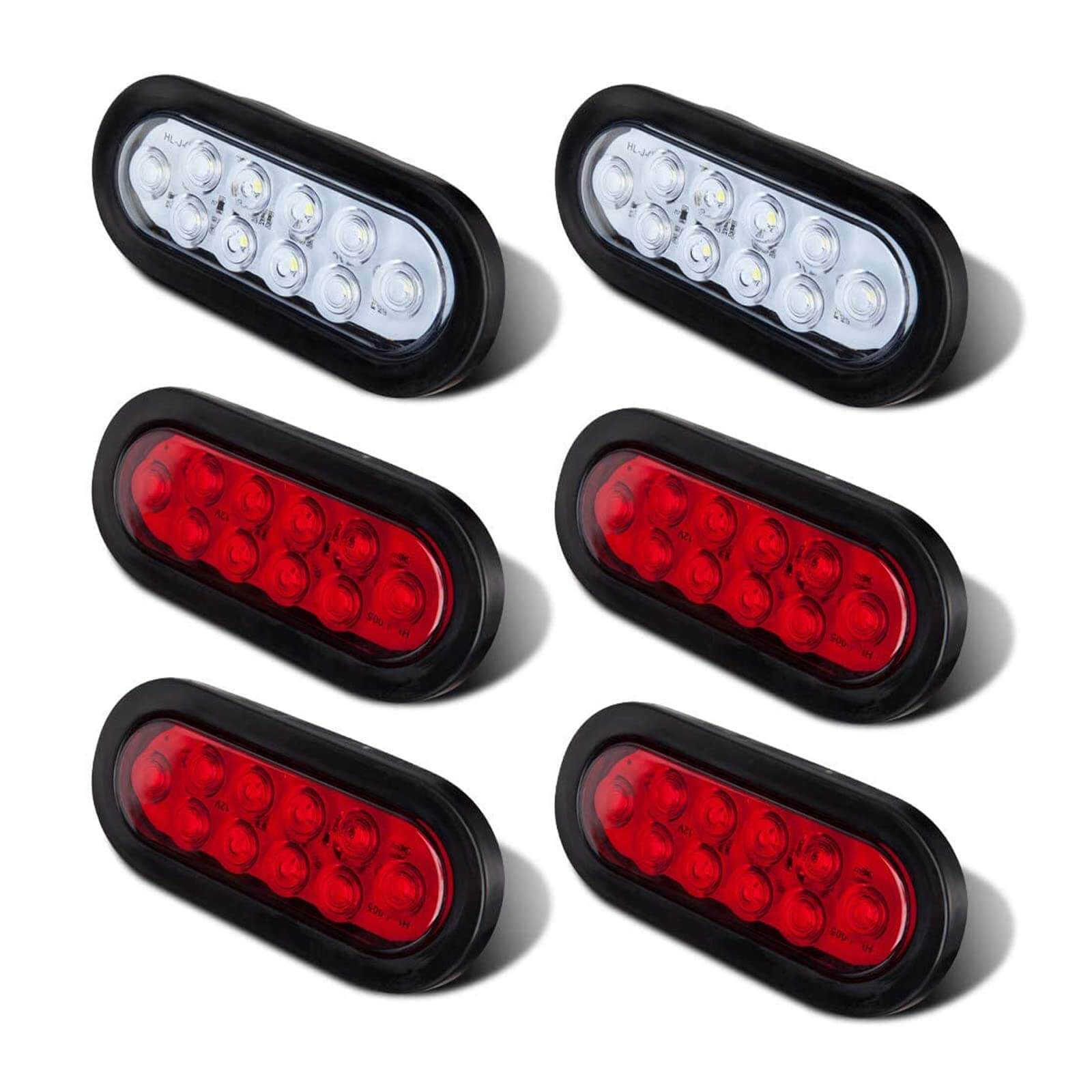
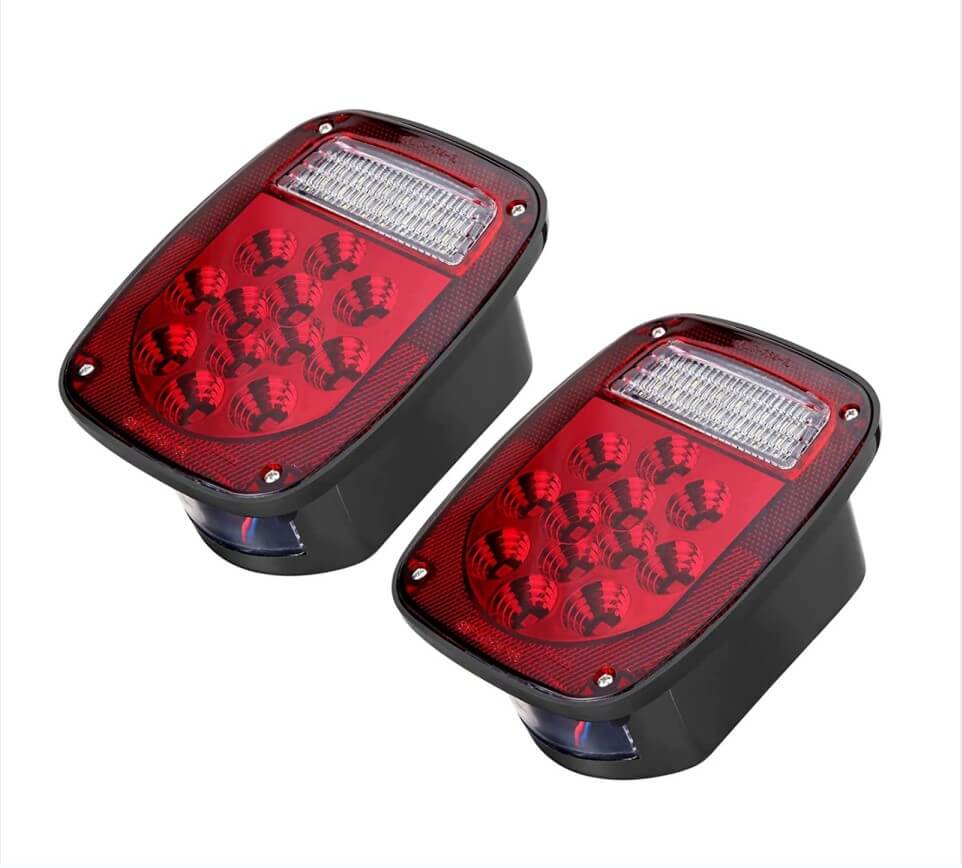

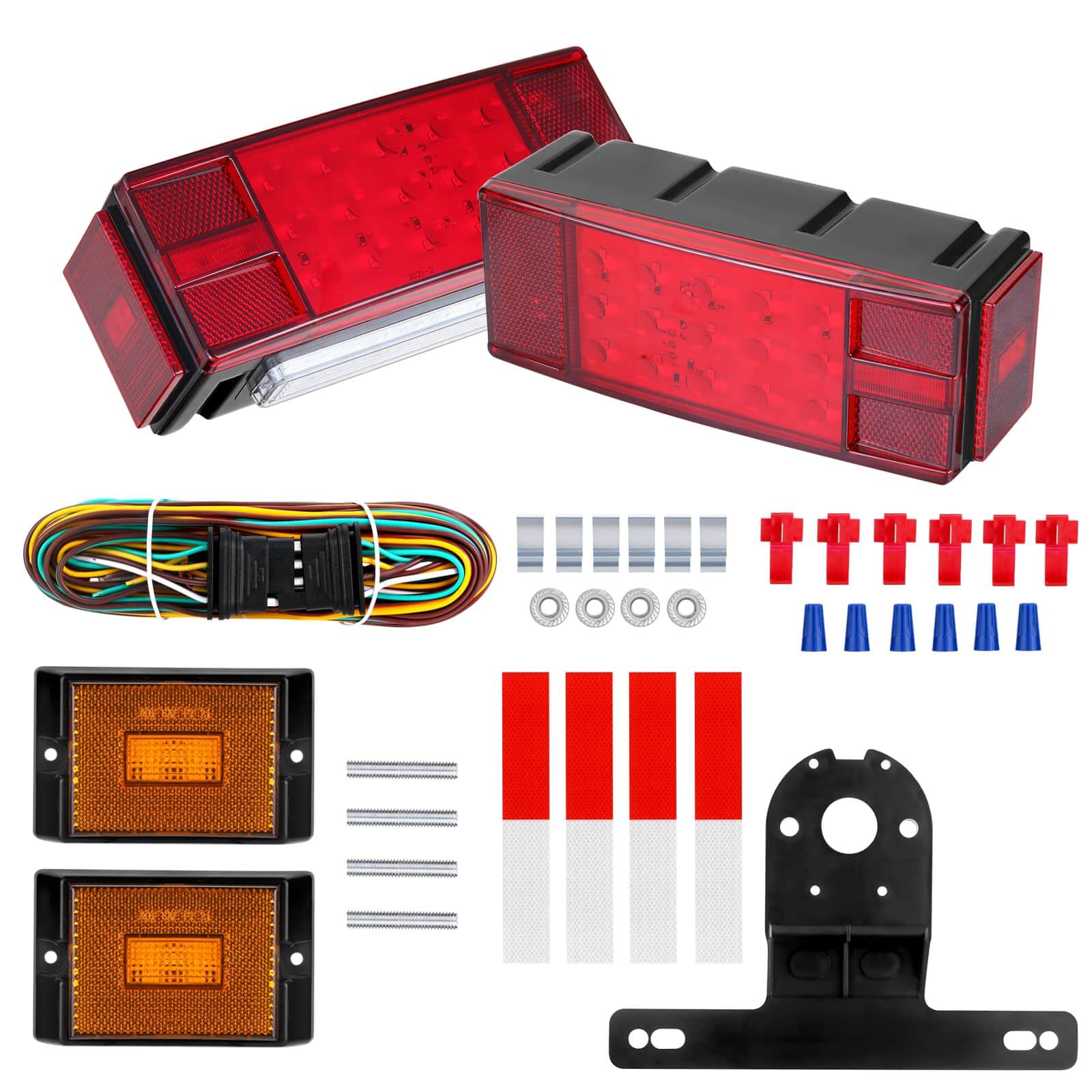
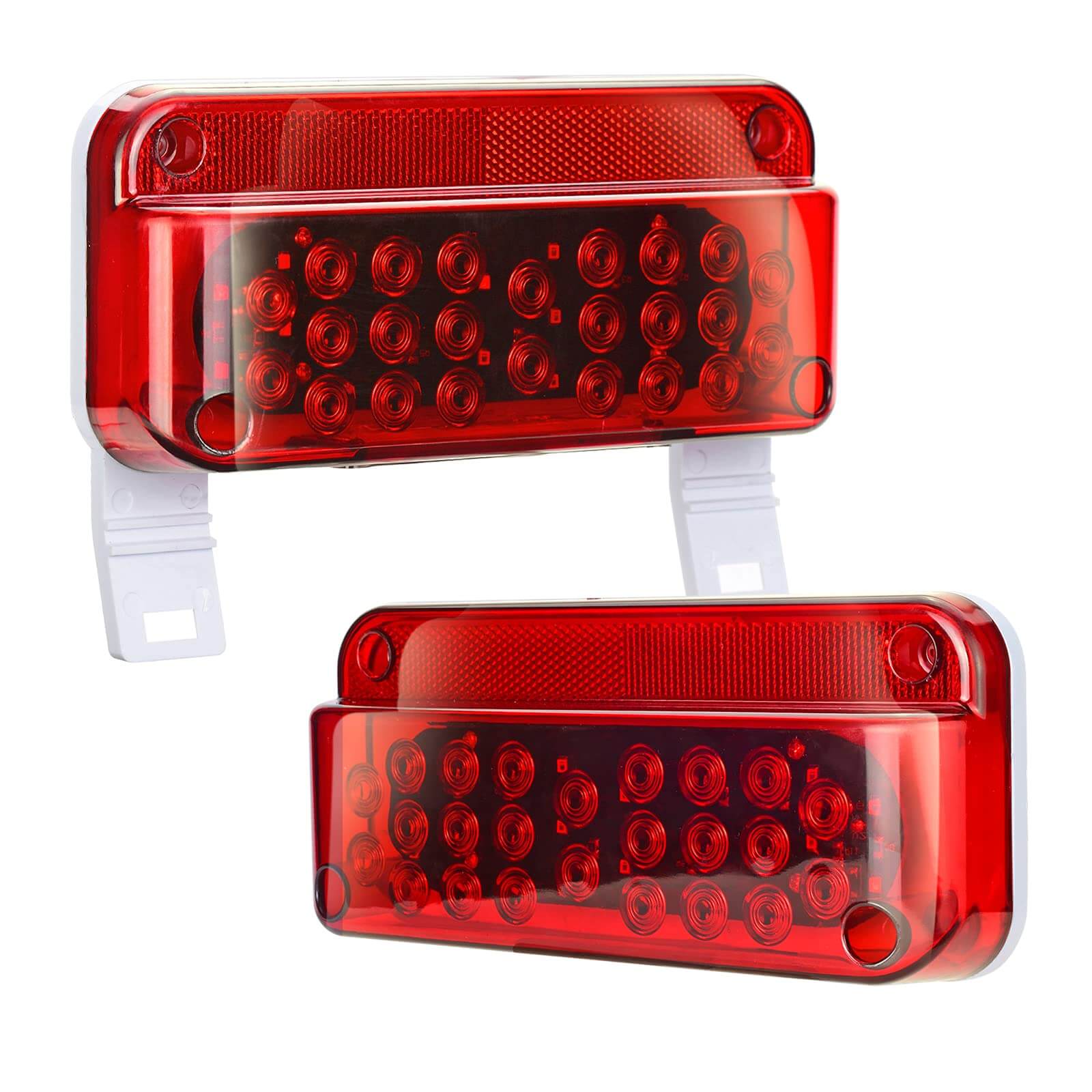
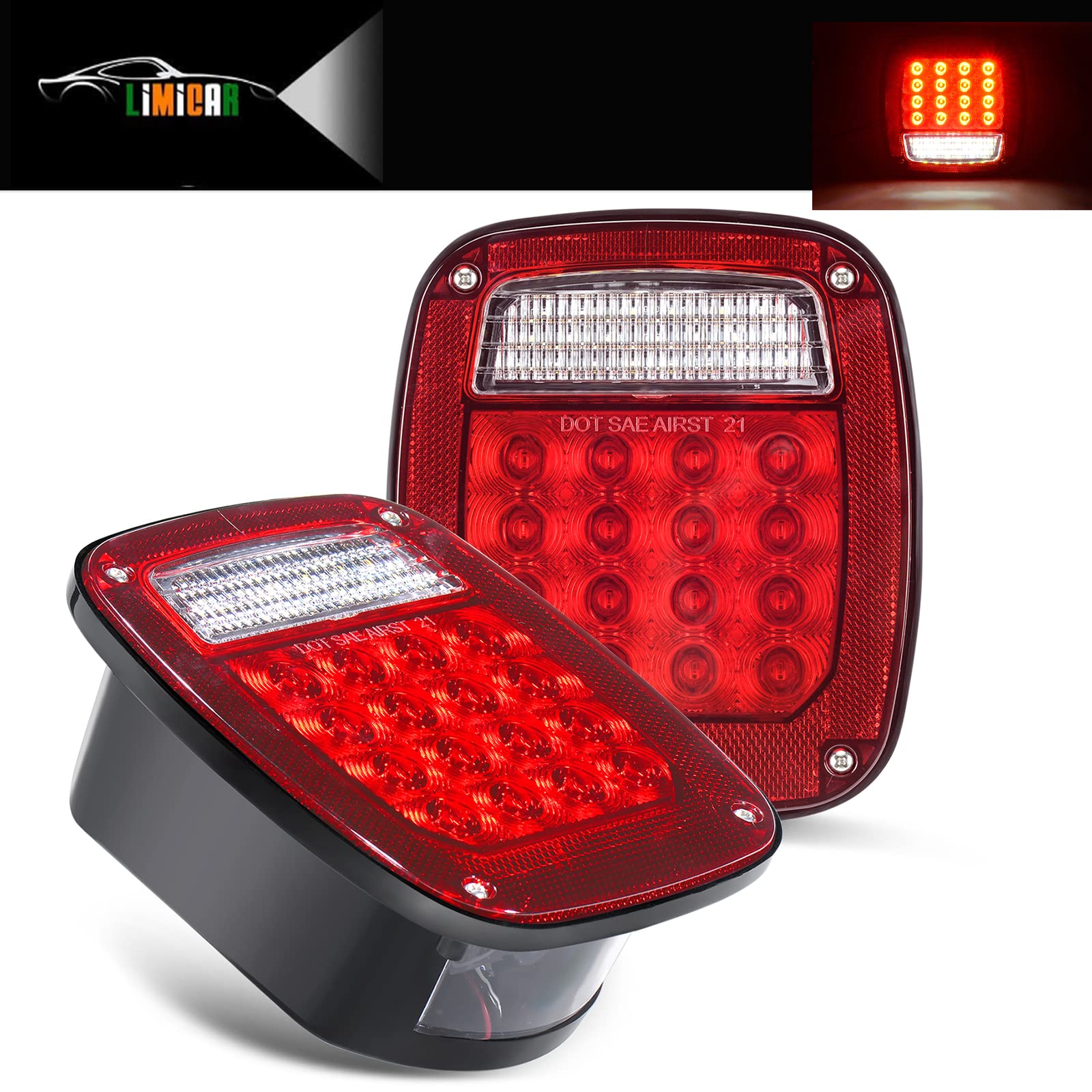


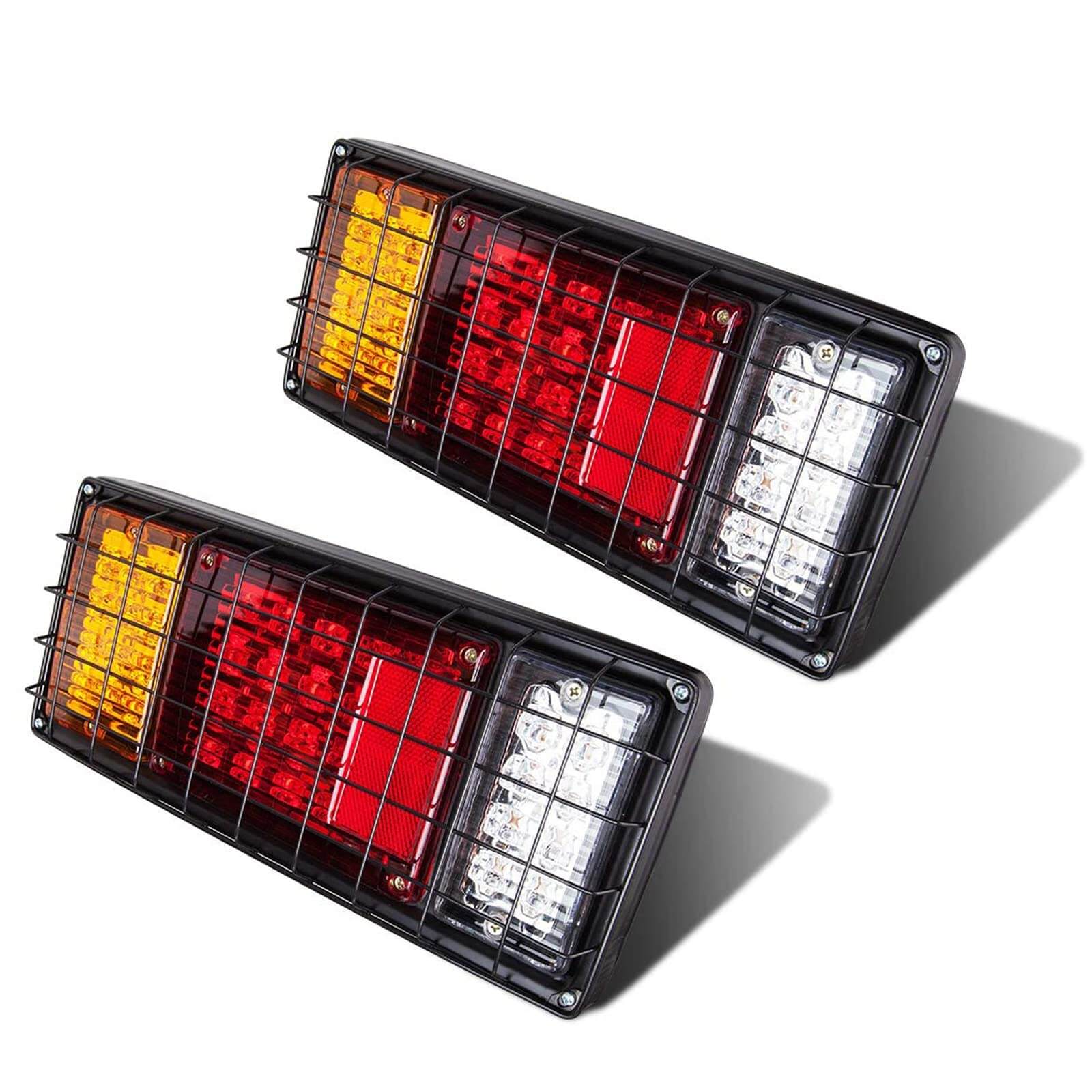
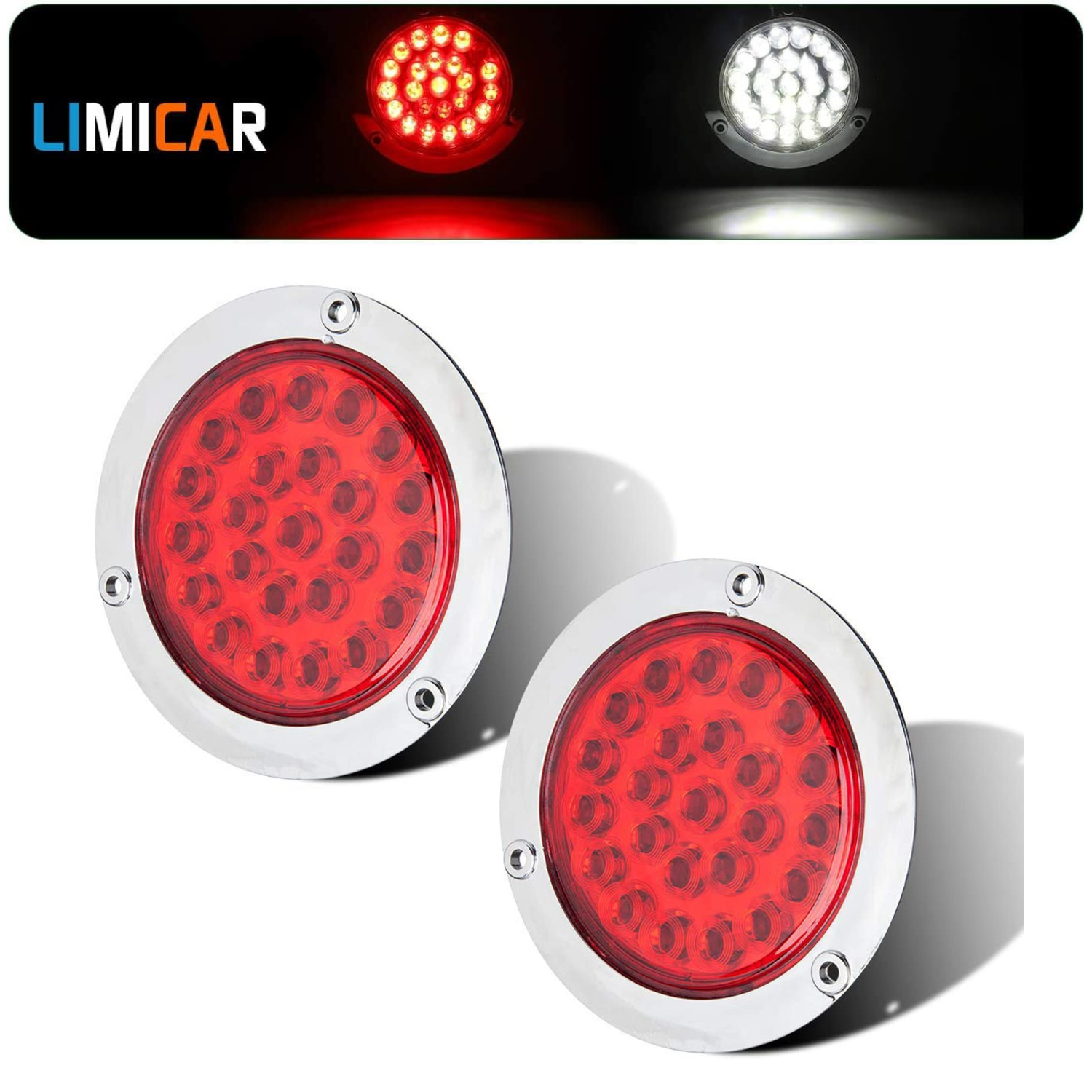


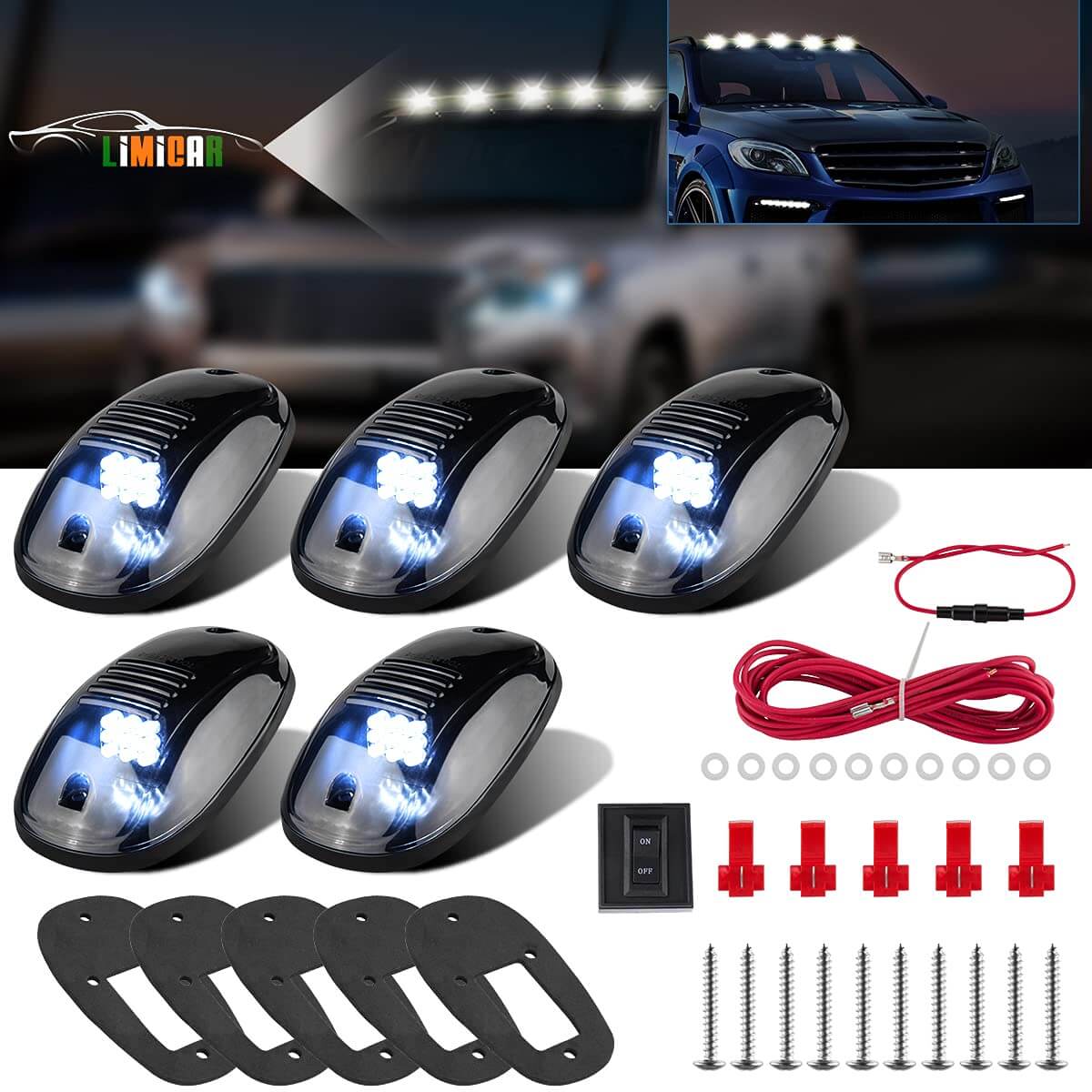




















0 Comments